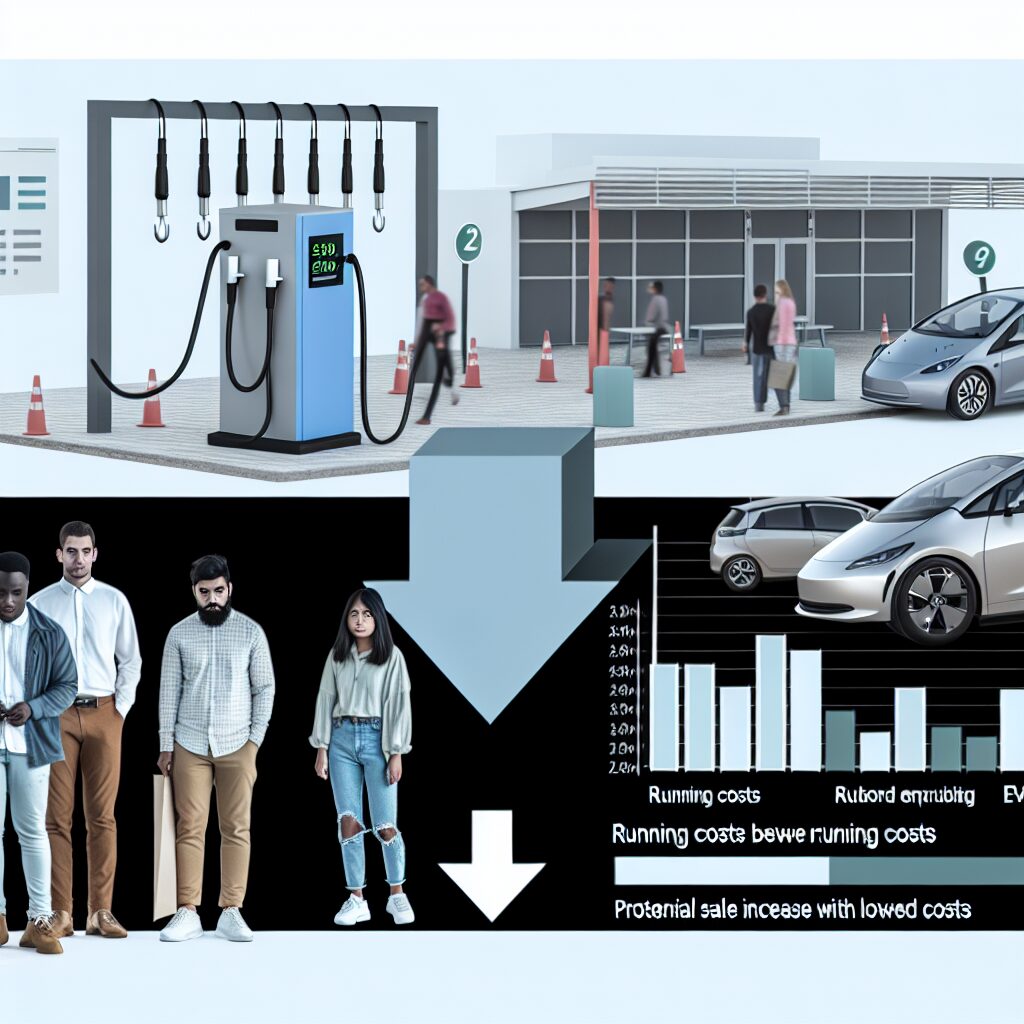EV Costs Must Decrease for Higher Sales: PBO Analysis
The electric vehicle (EV) market is growing at an unprecedented pace, but according to a recent analysis by the Parliamentary Budget Officer (PBO), this growth could be even more significant if the costs associated with EV ownership were lower.
The PBO report highlights that while EVs are cheaper to run compared to combustion-engine cars, the initial purchase price remains a significant hurdle for many potential buyers. Although government incentives and subsidies have helped to some extent, the high upfront cost is still a barrier that needs to be addressed to drive EV sales higher.
The Cost Conundrum
One of the most striking points made in the PBO analysis is the disparity between the running costs and upfront costs of EVs. Electric vehicles generally cost less to maintain and fuel, thanks to fewer moving parts and the lower price of electricity compared to gasoline. However, the initial purchase price is often prohibitive.
The report indicates that for EV adoption to reach a level that significantly impacts carbon emissions, the cost of EVs needs to come down to be comparable to internal combustion engine vehicles. This is crucial for mass adoption, which in turn is essential for meeting climate goals.
Government Incentives: A Temporary Solution
Governments around the world have introduced various incentives to encourage the adoption of electric vehicles. These include tax credits, rebates, and even lower registration fees. While these measures have been successful to some extent, they are not a long-term solution. The PBO suggests that these incentives need to be more substantial or better targeted to make a meaningful difference.
Moreover, the report emphasizes that relying solely on government support is not sustainable in the long run. The automotive industry needs to find ways to reduce the production costs of EVs to make them more affordable for the average consumer.
Technological Advancements and Economies of Scale
One of the most promising ways to reduce the cost of EVs is through technological advancements and economies of scale. Battery technology, which constitutes a significant portion of the cost of an EV, is rapidly evolving. As more research is conducted and more batteries are produced, the cost per unit is expected to decrease.
Furthermore, as more manufacturers enter the EV market, competition is likely to drive prices down. Economies of scale will also play a crucial role. As production volumes increase, the per-unit cost of manufacturing EVs will decrease, making them more affordable for consumers.
Infrastructure Development
Another critical factor that could drive EV sales is the development of charging infrastructure. The PBO report highlights that a lack of charging stations is one of the significant barriers to EV adoption. Consumers are more likely to invest in an electric vehicle if they have easy access to charging facilities.
Governments and private enterprises need to work together to build a robust charging infrastructure. This will not only make EVs more convenient to use but also alleviate range anxiety, a common concern among potential EV buyers.
The Role of Consumer Perception
Consumer perception plays a significant role in the adoption of new technologies. The PBO analysis suggests that increasing consumer awareness about the long-term benefits of EVs could drive sales. Many consumers are still unaware of the total cost savings that EVs offer over their lifetime, including lower maintenance and fuel costs.
Educational campaigns and marketing strategies focused on highlighting these benefits could be effective in changing consumer perception and driving higher sales.
Conclusion
The transition to electric vehicles is a crucial step in tackling climate change and reducing carbon emissions. However, for this transition to happen at the required pace, the cost of EVs must come down. While government incentives have helped, they are not a long-term solution. Technological advancements, economies of scale, and the development of charging infrastructure are essential for making EVs more affordable and appealing to the average consumer.
As the PBO report suggests, a multi-faceted approach involving governments, manufacturers, and consumers is necessary to achieve the goal of higher EV sales. Only by addressing the cost issue can we hope to see a significant uptick in EV adoption, paving the way for a greener and more sustainable future.
Source https://www.google.com/url?rct=j&sa=t&url=https://halifax.citynews.ca/2024/08/29/evs-cheaper-to-run-but-costs-must-come-down-to-drive-sales-up-fast-enough-pbo/&ct=ga&cd=CAIyHDBjNjdhMjlmZDdkNDZmZmI6Y29tOmVuOkNBOlI&usg=AOvVaw3SFtNPZauoH-O2ZjP05QNg

